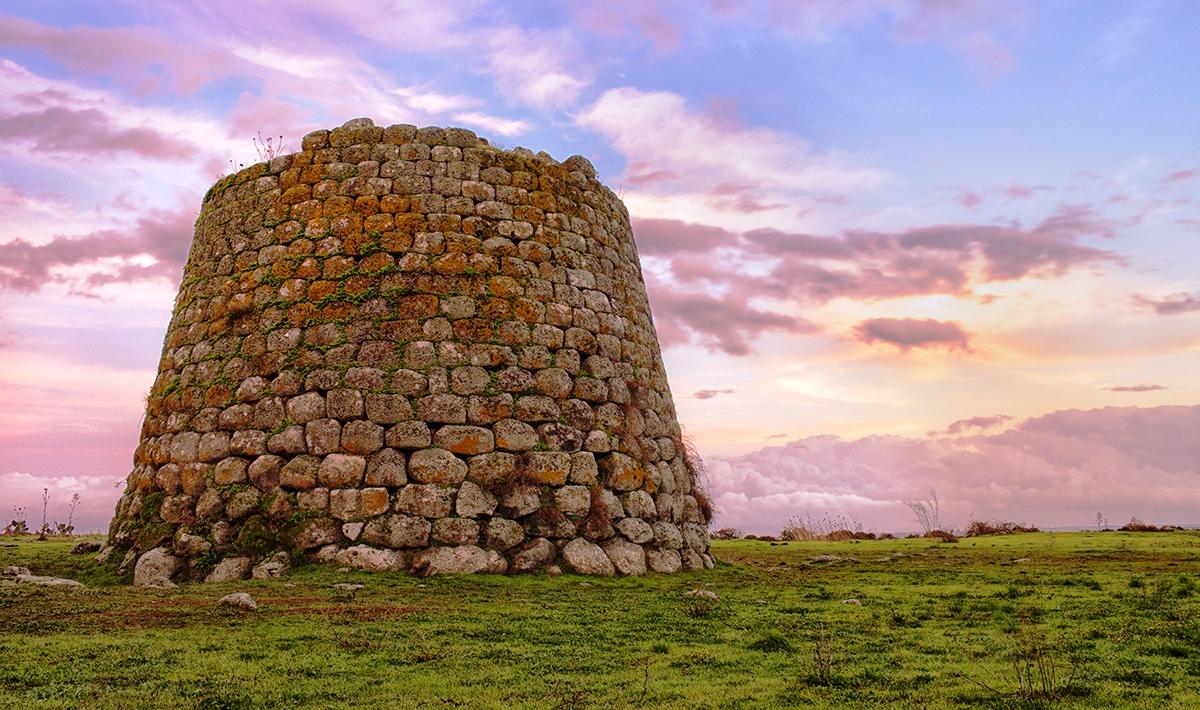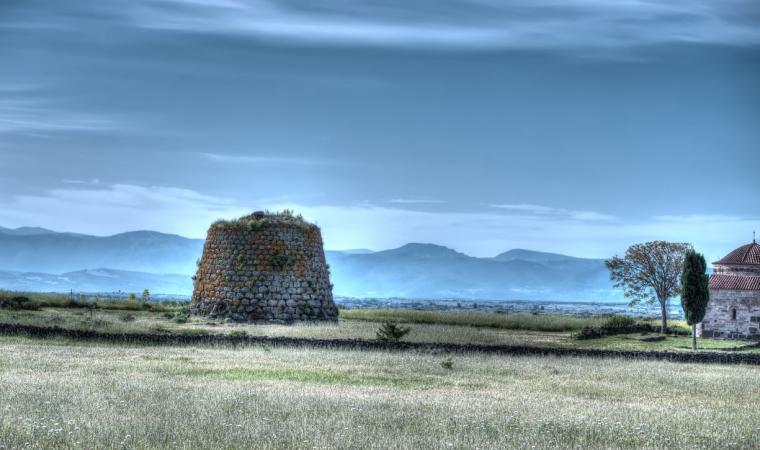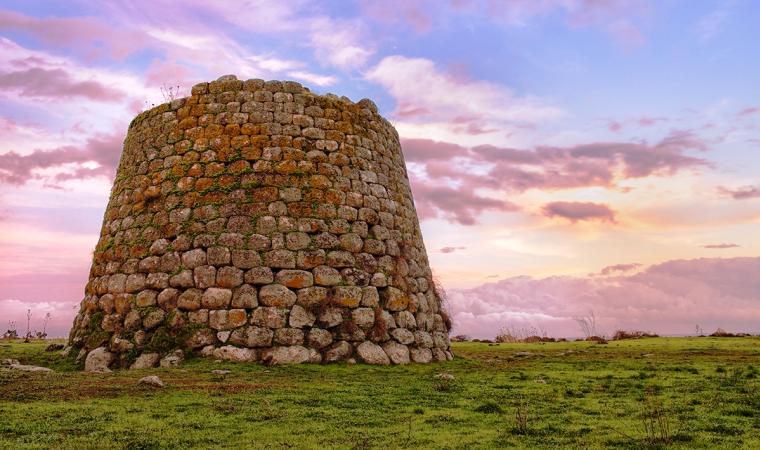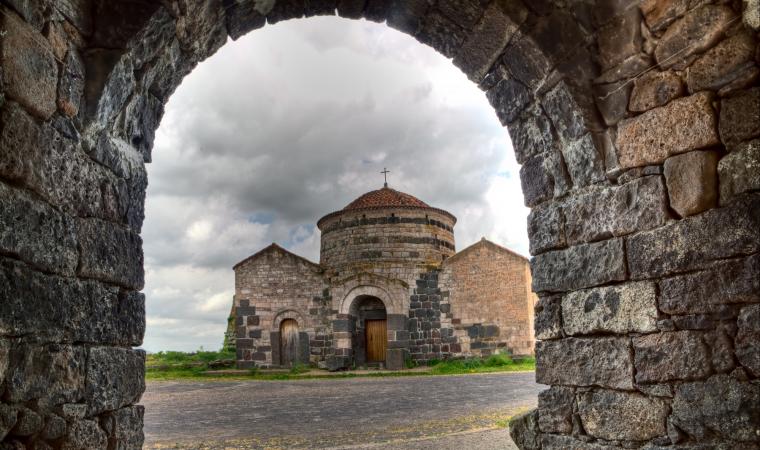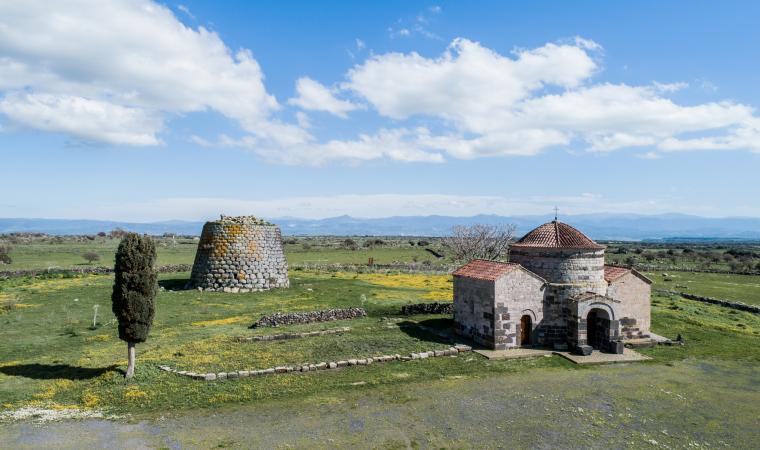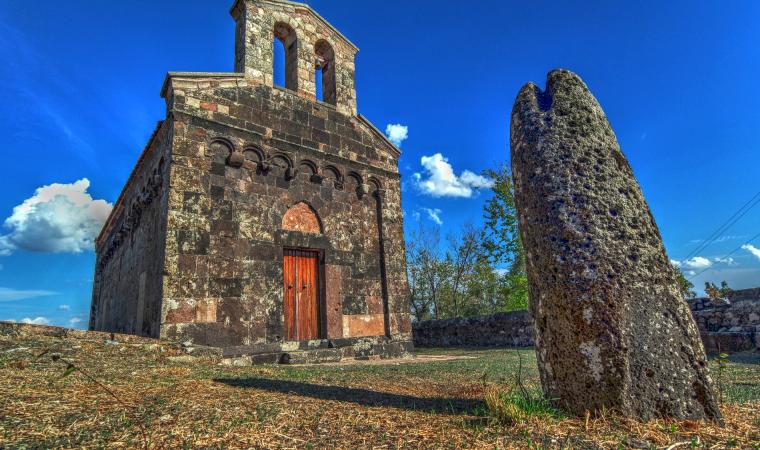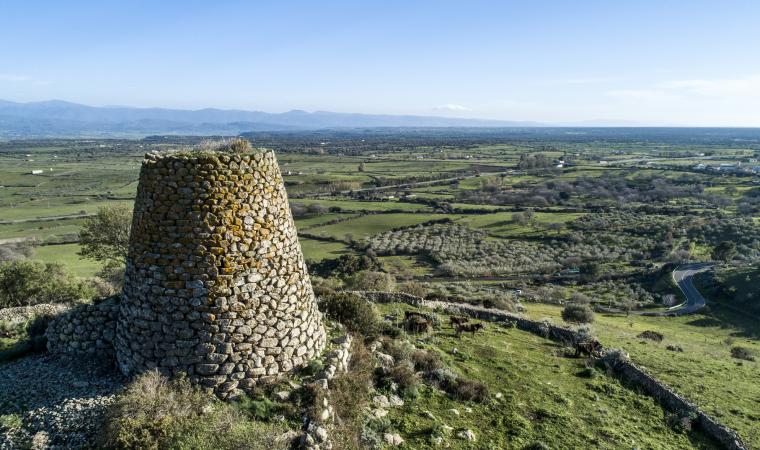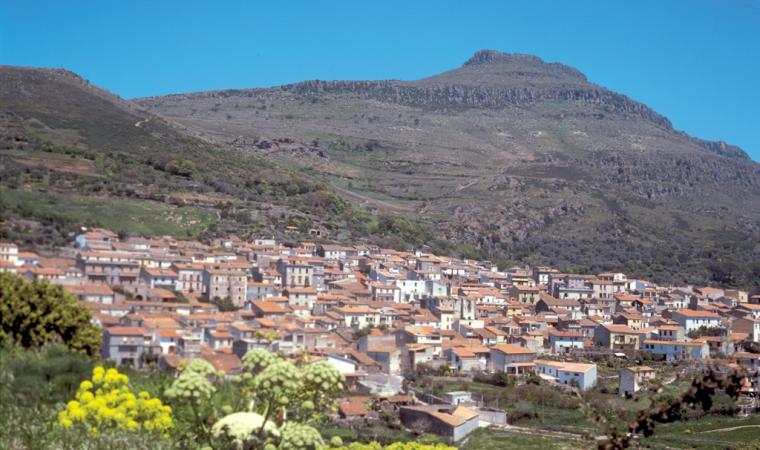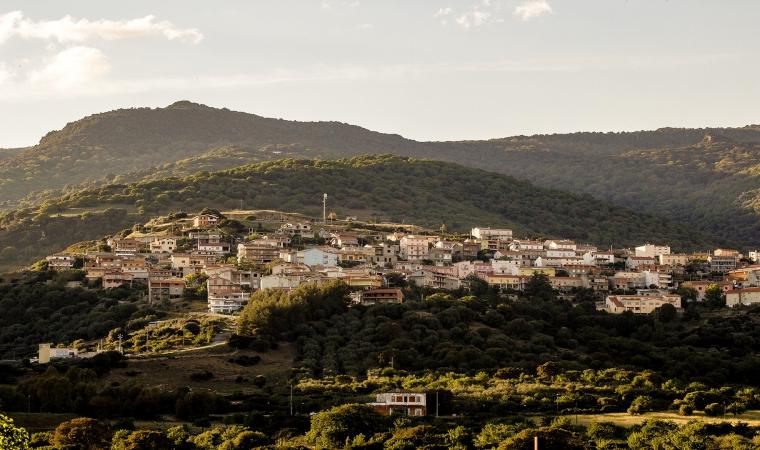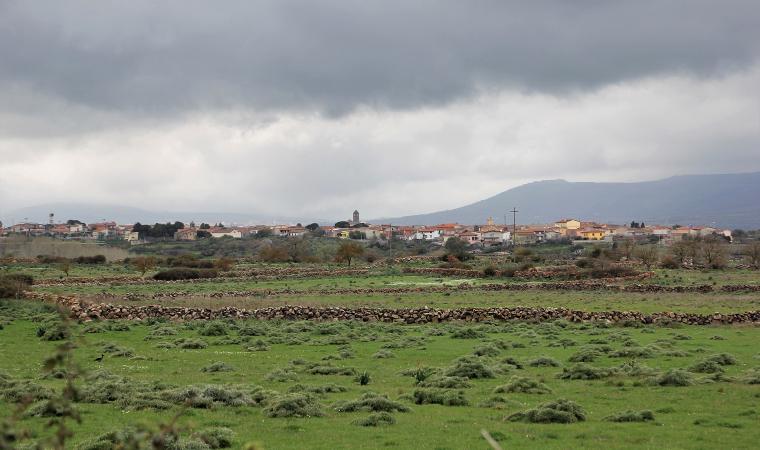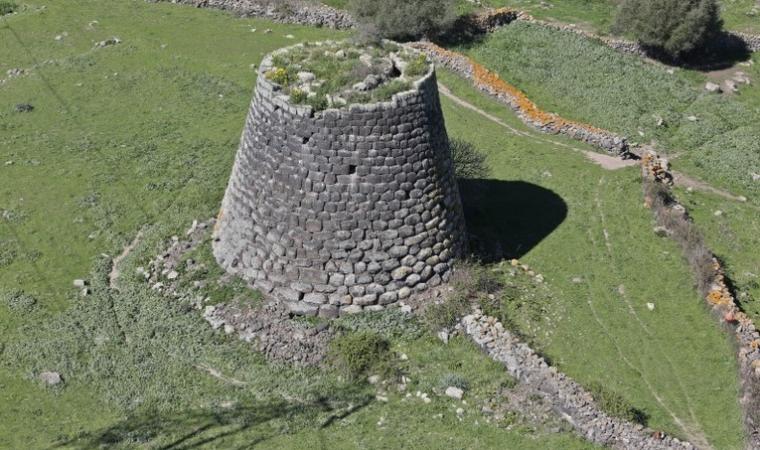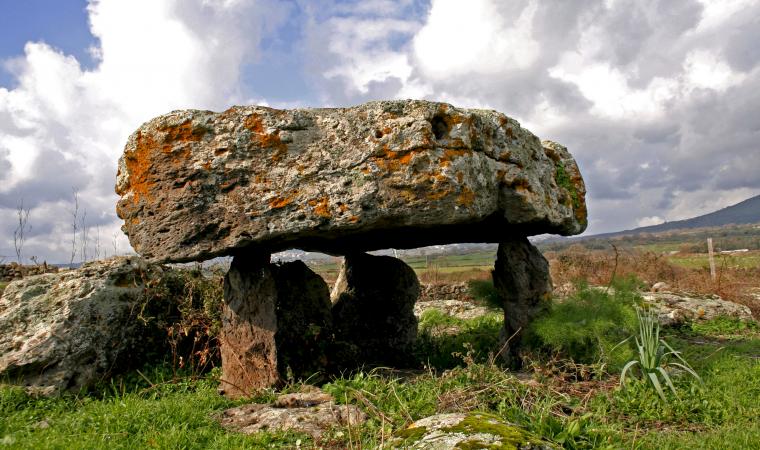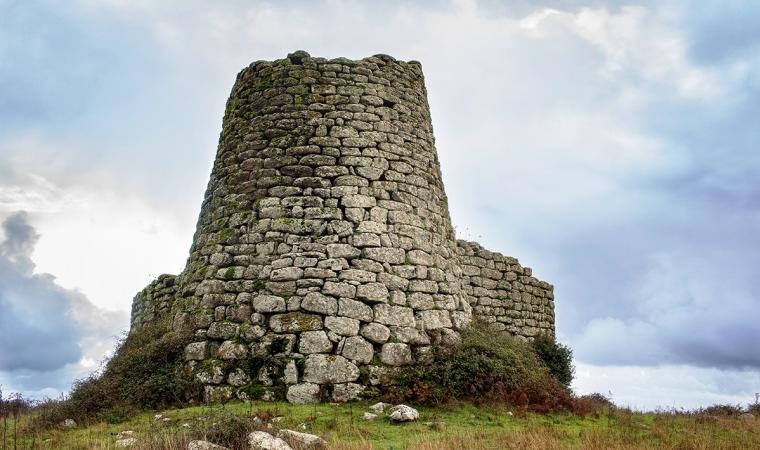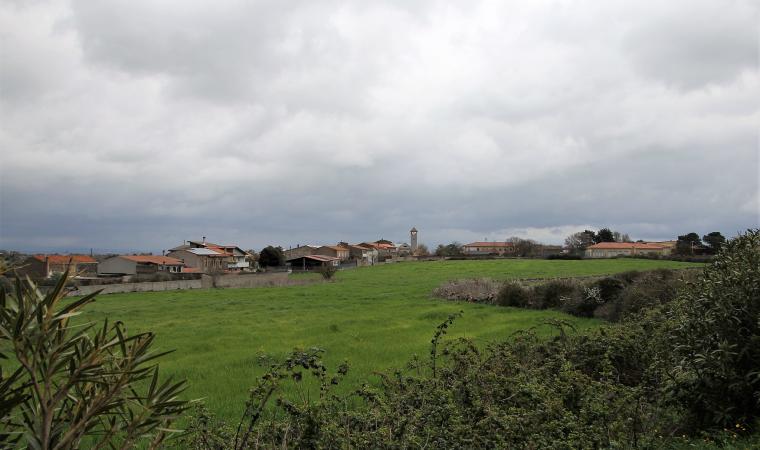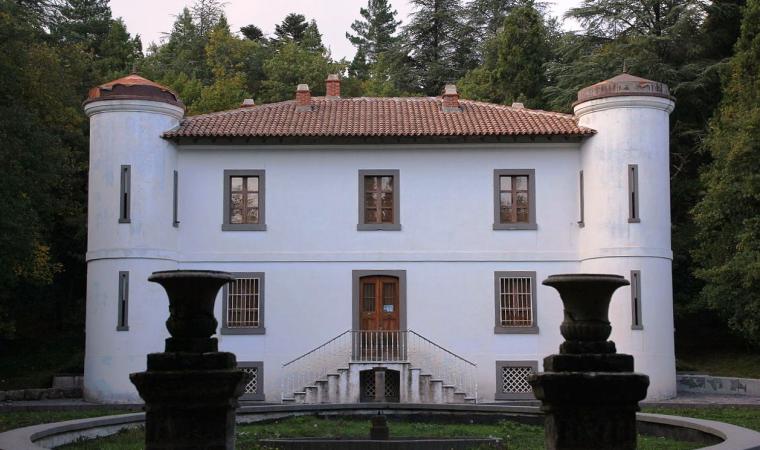Paganism and Christianity, prehistory and antiquity: fusion is the key word in a place with a bewitching atmosphere, where you can breathe in the thousand-year history of the island, from the Bronze Age to the Middle Ages, in a whirlwind of events with a common denominator, sacredness. In Santa Sabina, just a short distance from Silanus, a village in the Marghine region, on a boundless plain covered in greenery, the Nuragic people established dwellings and places of worship 3500 years ago. Later, at the dawn of Christianity, right next to the nuraghe, as if to capture its ancestral energy, the first church of Santa Sabina (Sarbana, in Nuorese dialect) was built. The jewel of art, one of the most significant and original early medieval architectures on the island, was rebuilt between the 10th and 11th centuries: its layout with three rooms covered by a dome in the centre is reminiscent of the early Christian baptisteries of the late Roman era. In fact, Christian sanctuaries were often built on top of pagan places of worship in order to impose supremacy and replace them, even materially.
The archaeological park will suddenly appear as a vision at the seventh kilometre of state road 129 ('transversale sarda'), which connects Macomer to Nuoro. You will be surprised at the unusual coexistence of the Nuragic monument and the Byzantine church, which stand out in all their splendour just a few metres away. The nuragic tower, datable between the late and recent Bronze Age (14th-10th century BC), was the centre of a complex consisting of a large village of huts - the traces of which can be seen - and, more hidden, the sacred well su Cherchizzu and two Giants' tombs. The imposing single tower, with a diameter of almost 14 meters, is made of large blocks of basalt roughly hewn at the base, which become increasingly squares and regular towards the top. Once through the entrance, which originally had an enormous lintel, you cross a short corridor with a niche on the right, the stairwell on the left, lit by a slit, and a large circular chamber in the centre, with three niches arranged in a cross and topped by a tholos dome. The spiral staircase, still in use today, leads to the top of the tower, where you can take a closer look at the perfect roof. The monument stands eight and a half metres high, but was originally much higher: it is probable that there was a cell and a projecting terrace on the upper floor. The second level, however, no longer exists, but not because of the collapse, as in other nuraghi, but because the structure was pulled apart. In fact, some of the ashlars were reused in Roman times and then in the early Christian and Byzantine periods, when they were used to build the church, thus creating the chromatic effects that are clearly visible in its walls, where light limestone alternates in the upper part with dark basalt from the nuraghe in the lower part. Speaking of overlaps, during restoration work at Santa Sabina in 1987, work to remove part of the floor brought to light the remains of Nuragic huts (with overlaps from the Roman period) and part of an arched stele, belonging to a Giants' tomb, used as the threshold of the door.
If you walk 250 metres eastwards, you will find two Giants' Tombs, coeval with the Nuragic tower: one has a dolmen structure with an arched stele, the other has a row front and a sepulchral body with hewn stones. While 300 metres to the north, you will find su Cherchizzu, one of the smallest sacred wells on the island, dedicated to the veneration of water: stone steps descend to the water, covered by a tholos (false dome) made of rows of basalt. The small temple bears witness to the fact that the Santa Sabina complex has always held a sacred role. In fact, water is the sacred element that links the rites of distant epochs. At San Salvatore di Sinis (Cabras), the church was built in the 6th century over a sacred Nuragic, then Roman and finally Arab well. Similarly, in Sardara, the sanctuary of Sant'Anastasia was built next to a Nuragic well temple, reusing ancient ashlars in its walls. Or again, next to the well temple of Santa Cristina (Paulilatino), the most beautiful and perfect of all, there was a novenario (where novenas - 9 days of prayers to the saint - are celebrated), which is still active. Just as in Santa Sarbana, across from the sanctuary you can visit a village of muristenes - pilgrims' cottages populated in the third week of September during the festival and novenas in honour of the saint.

